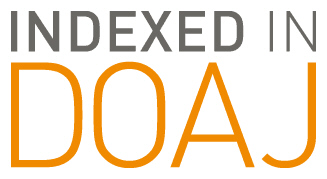Abstract
Socioeconomic differences in children’s reading and educational outcomes have been thoroughly documented throughout literature. Bobalik, Scarber, and Toon (2017) examined the link between socioeconomic status (SES) and classroom instruction on emerging literacy skills in pre-kindergarten children. The results supported the theory that children identified as belonging to a low socioeconomic status enter school with lower emerging literacy skills and benefit most from academic instruction; these children’s literacy skills substantially increased throughout the academic year, growing closer to those of their peers who were identified with a high socioeconomic status. The aim of the present study was to expand our understanding of the interaction effects of socioeconomic status and curriculum on emerging literacy and literacy skills by continuing the research into kindergarten. This study examined whether 1) differences in groups continued to grow closer to the mean or 2) the differences in groups became greater with the introduction of reading skills in kindergarten. Children (N=33) were recruited from a private school and a public school. The children from the public school who qualified for the Federal Poverty Guidelines for free/reduced lunch were assigned as having a low socioeconomic status, and children from the private school were assigned as having a high socioeconomic status. The Phonological Awareness Literacy Screening – K (PALS-K) was used to measure the literacy skills in the kindergarten children. Results of the study indicated that literacy scores between the socioeconomic groups were not significantly different at the kindergarten level, however differences between the mean scores of the pre-kindergarten and kindergarten groups were found to be significant.
Recommended Citation
Thompson, Kasey; Richardson, Lydia P.; Newman, Heather; and George, Kathleen
(2019)
"Interaction Effects of Socioeconomic Status on Emerging Literacy and Literacy Skills among Pre-Kindergarten and Kindergarten Children: A Comparison Study,"
Journal of Human Services: Training, Research, and Practice: Vol. 4:
Iss.
1, Article 5.
Available at:
https://scholarworks.sfasu.edu/jhstrp/vol4/iss1/5
Included in
Early Childhood Education Commons, Educational Methods Commons, Elementary Education Commons, Language and Literacy Education Commons
Tell us how this article helped you.
